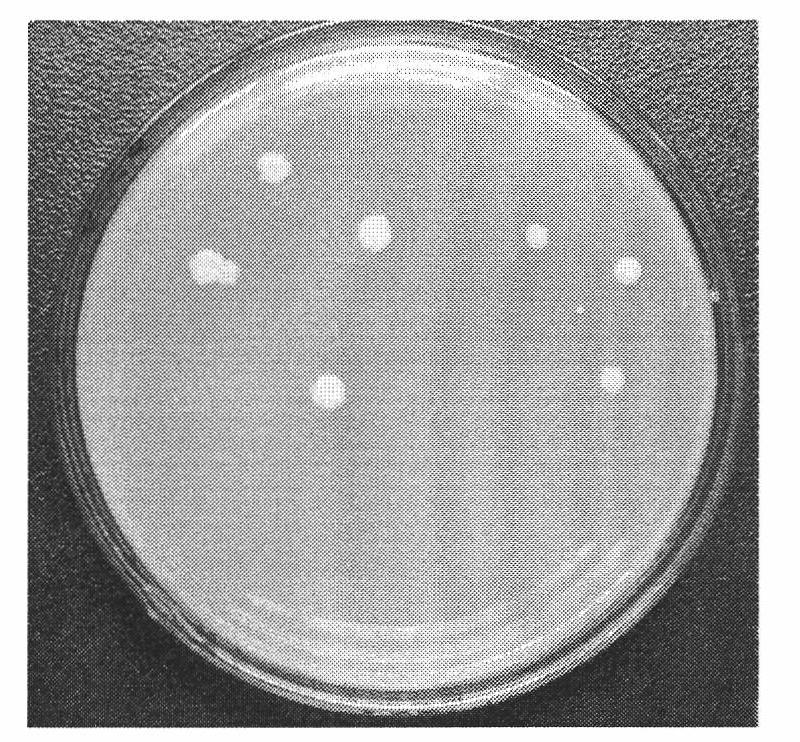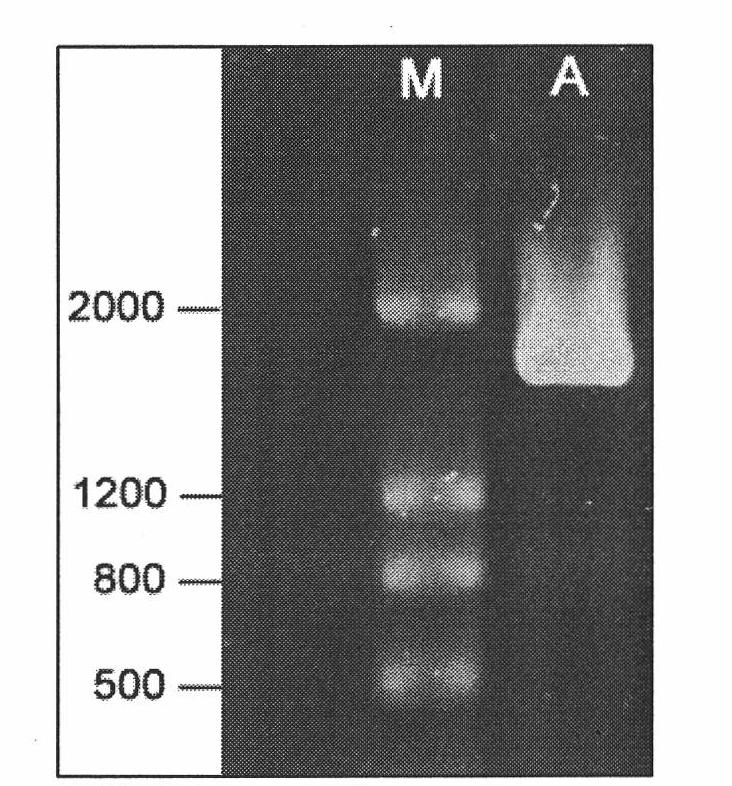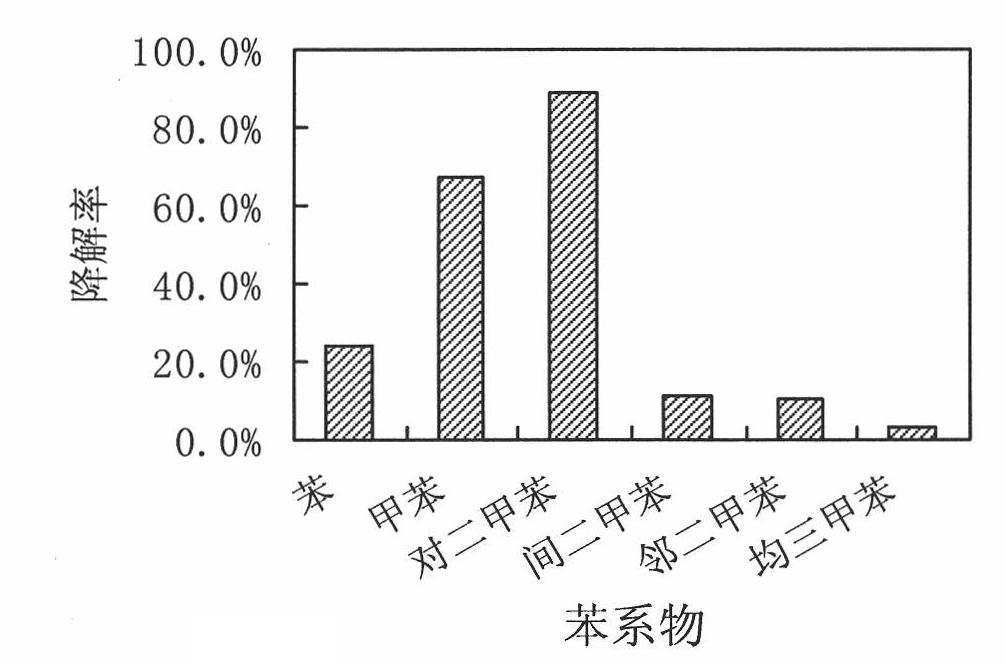Facultative anaerobic benzene compounds-degrading bacterium
A benzene-based compound and facultative anaerobic technology, applied in the direction of bacteria, microorganisms, water pollutants, etc., can solve the problems of low degradation reaction capacity, incomplete understanding of anaerobic degradation mechanism, and difficult to complete degradation, so as to achieve environmental adaptation strong effect
- Summary
- Abstract
- Description
- Claims
- Application Information
AI Technical Summary
Problems solved by technology
Method used
Image
Examples
Embodiment Construction
[0015] 1 Screening method for facultative anaerobic degrading bacteria of benzene series compounds
[0016] 1.1 Material preparation
[0017] 1.1.1 Bacteria source
[0018] Collect soil samples 5-10cm below the surface in the oil-contaminated area of Daqing Oilfield.
[0019] 1.1.2 Medium
[0020] Inorganic salt separation medium: 0.42g L -1 NaNO 3 , 0.27g L -1 NH 4 Cl, 7.9g L -1 Na 2 HPO 4 12H 2 O, 1.5g·L -1 K H 2 PO 4 , 1.0g·L -1 MgSO 4 ·7H 2 O, 1.0mL·L -1 Trace element solution (the ratio of trace element solution is: 2.14g L -1 ZnCl 2 , 2.5g·L -1 MnCl 2 4H 2 O, 0.3g·L -1 CoCl 2 ·6H 2 O, 0.2g·L -1 CuCl 2 2H 2 O, 0.4g L -1 NaMoO 4 2H 2 O, 4.5g·L -1 CaCl 2 2H 2 O, 2.9g L -1 FeCl 3 ·6H 2 O, 1.0g·L -1 h 3 BO 3 , 0.1g L -1 KI, 1L deionized water), 0.472g L -1 Sodium succinate, 1L distilled water, pH=7.0.
[0021] Agar medium: 1L inorganic salt separation medium + 20g L -1 agar.
PUM
 Login to View More
Login to View More Abstract
Description
Claims
Application Information
 Login to View More
Login to View More - R&D
- Intellectual Property
- Life Sciences
- Materials
- Tech Scout
- Unparalleled Data Quality
- Higher Quality Content
- 60% Fewer Hallucinations
Browse by: Latest US Patents, China's latest patents, Technical Efficacy Thesaurus, Application Domain, Technology Topic, Popular Technical Reports.
© 2025 PatSnap. All rights reserved.Legal|Privacy policy|Modern Slavery Act Transparency Statement|Sitemap|About US| Contact US: help@patsnap.com



